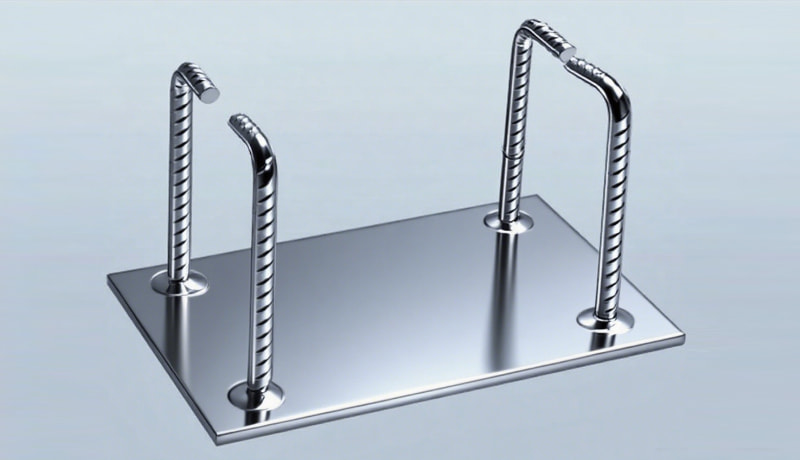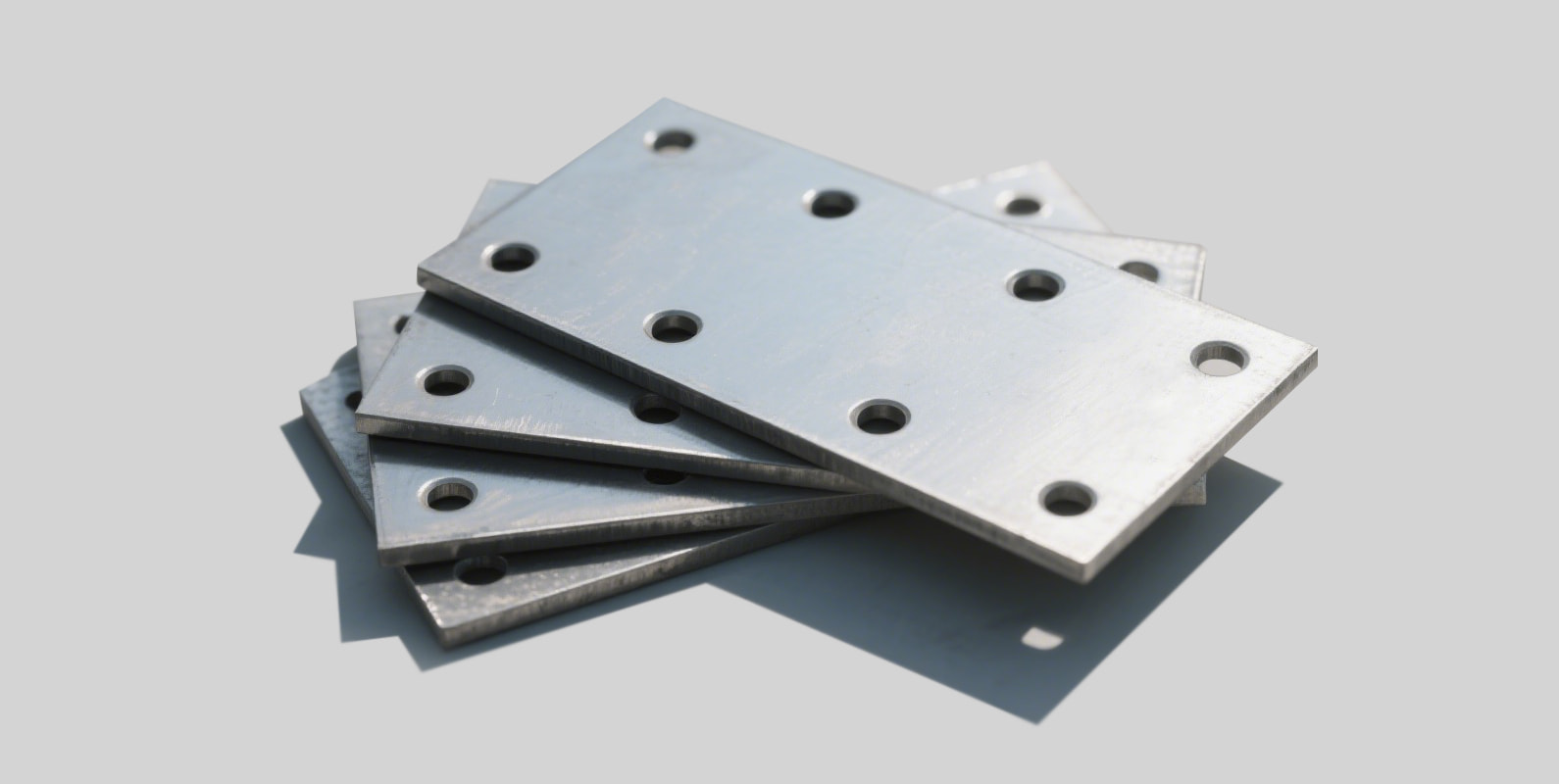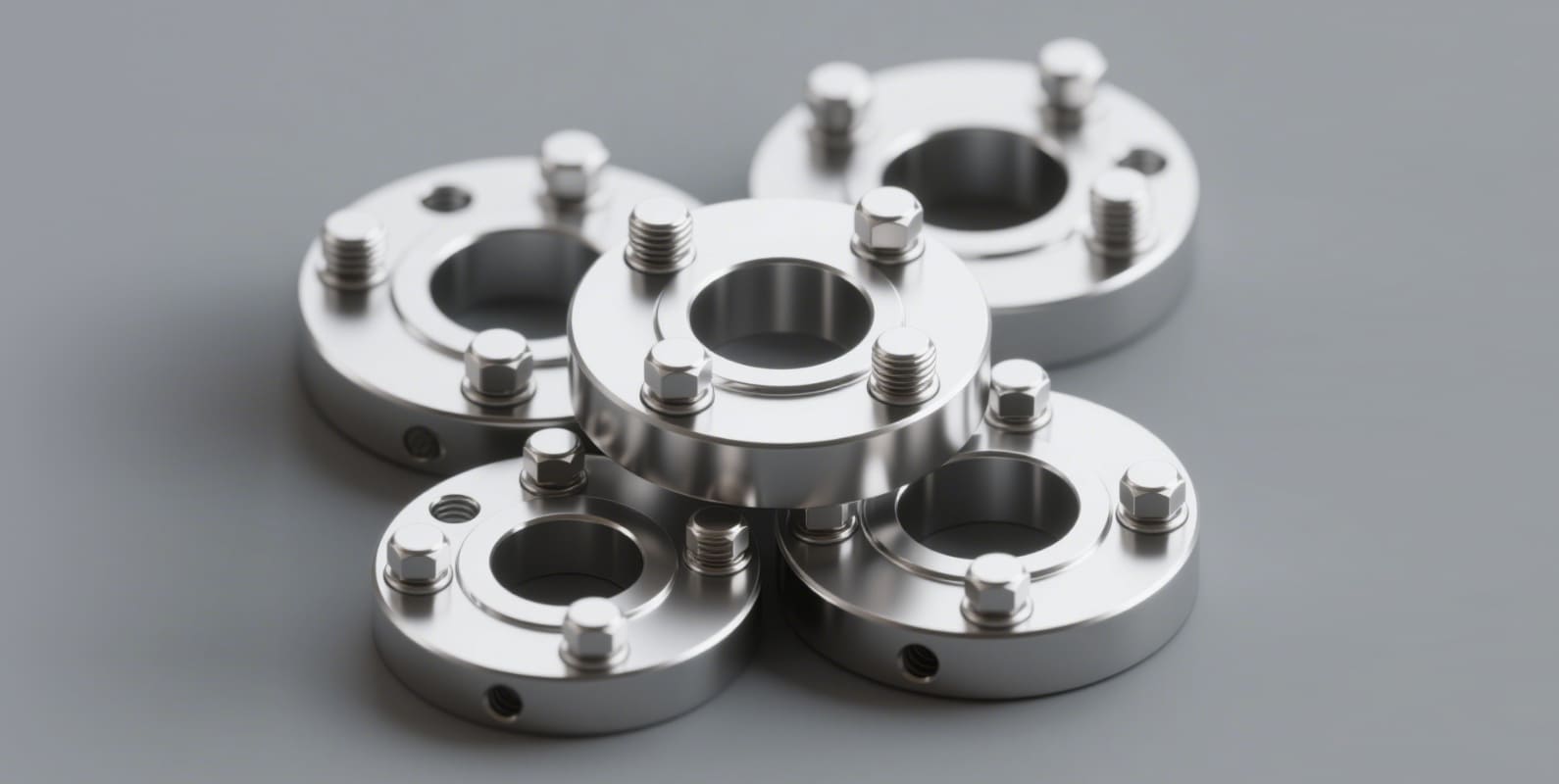Embedded Parts
As essential components in modern construction, embedded parts are installed during the early phases of a project—securely anchored within concrete or structural elements to provide a durable foundation for curtain walls, equipment supports, piping systems, and more. Fabricated from high-grade steel and engineered with high precision, they offer outstanding mechanical strength and structural reliability. By simplifying the assembly of complex systems, embedded parts help streamline construction workflows. Their concealed installation design eliminates the need for visible fasteners or external brackets, ensuring both structural safety and visual elegance. From commercial buildings and industrial facilities to bridges and large-scale infrastructure, embedded parts play a vital role across a wide range of applications. In modern architecture, they enhance installation efficiency, reduce labor costs, and significantly improve load-bearing performance. As a cornerstone of strength, efficiency, and design flexibility, embedded parts are a key investment in ensuring the long-term safety, stability, and high performance of any building system.


 中文简体
中文简体 English
English





